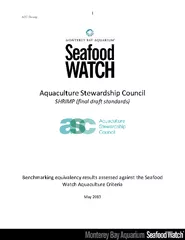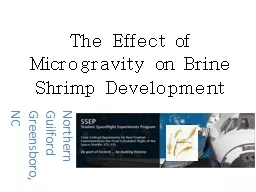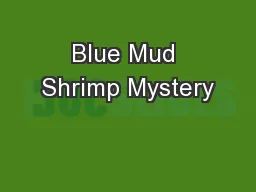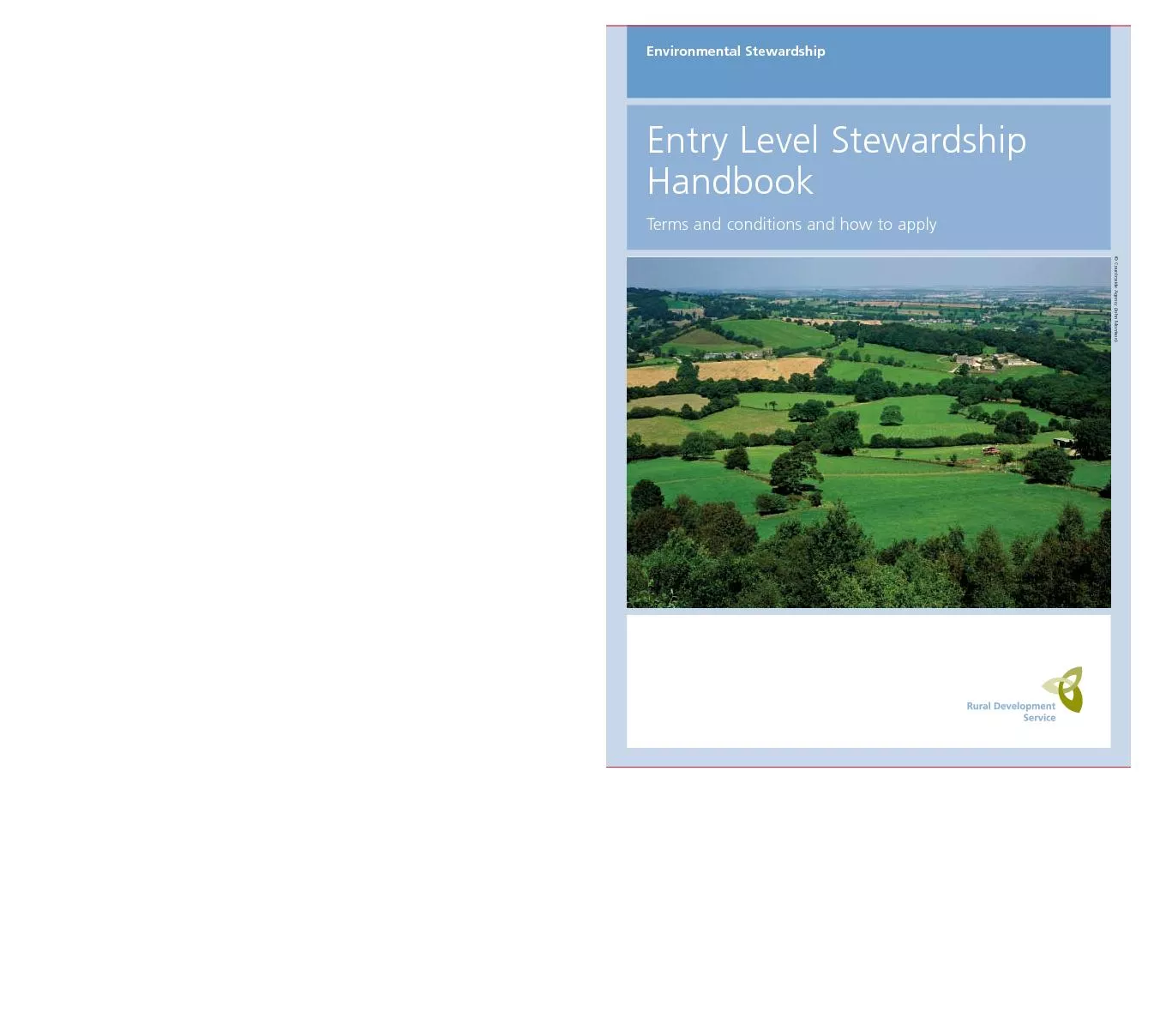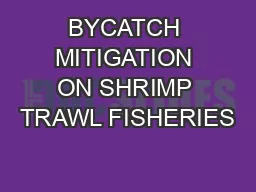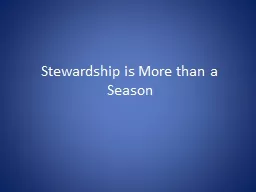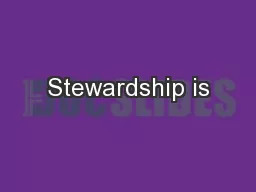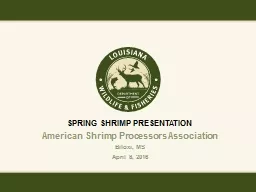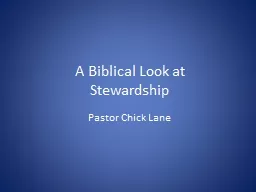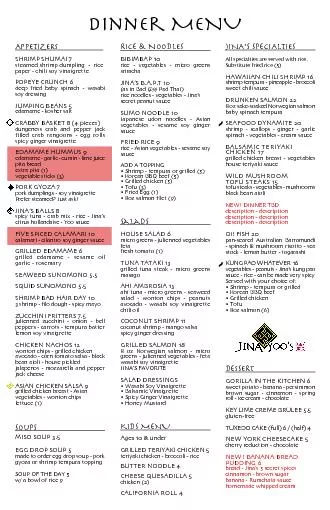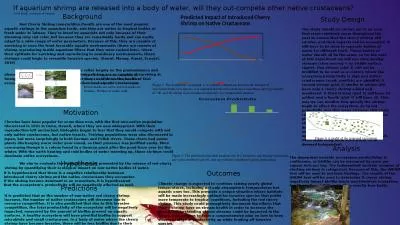PDF-1 ASCShrimpAquaculture Stewardship Council SHRIMP(final draft standard
Author : conchita-marotz | Published Date : 2015-10-22
Benchmarking equivalency results assessed against the Seafood Watch Aquaculture Criteria 2 ASCShrimp Final Seafood Recommendation ASC Shrimp Criterion Score 0 10 Rank Critical C1
Presentation Embed Code
Download Presentation
Download Presentation The PPT/PDF document "1 ASCShrimpAquaculture Stewardship Counc..." is the property of its rightful owner. Permission is granted to download and print the materials on this website for personal, non-commercial use only, and to display it on your personal computer provided you do not modify the materials and that you retain all copyright notices contained in the materials. By downloading content from our website, you accept the terms of this agreement.
1 ASCShrimpAquaculture Stewardship Council SHRIMP(final draft standard: Transcript
Download Rules Of Document
"1 ASCShrimpAquaculture Stewardship Council SHRIMP(final draft standard"The content belongs to its owner. You may download and print it for personal use, without modification, and keep all copyright notices. By downloading, you agree to these terms.
Related Documents

